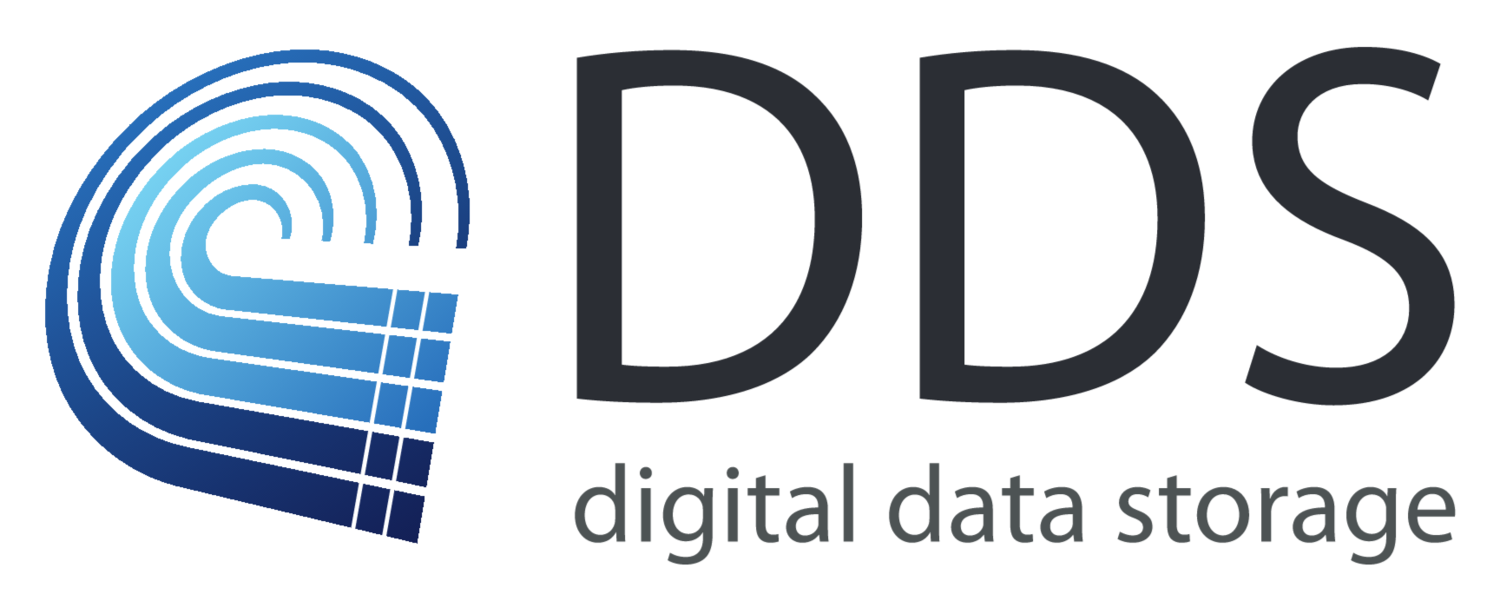Lucent / AT&T 5ESS Magnetic Tape Emulation
History
Lucent was spun out of AT&T / Bell Labs in 1996. It had around 165,000 employees at the height of the late 1990s technology boom. Based in New York and nearby Allentown in the USA, Lucent focussed on telecommunications switches. Lucent took over the 5ESS line of telephone exchanges which had been originally introduced by AT&T in the early 1980s. Lucent was purchased by Alcatel in 2006 and is now called Alcatel-Lucent.
Installed Base
Lucent 5ESS exchanges are installed mainly in the USA and in North and South America, but also in parts of Asia.
As this equpment dates from the 1990s, the tape drives that it uses are at the end of their life. For this reason, Lucent / At&T 5ESS Magnetic Tape Emulation has become essential to keep the exchanges in service.
Technology
The Lucent / At&T 5ESS employs 6250 bits per inch tape drives although starting in the early 1990s a DAT alternative become available. The DAT drivers use differential signalling with a variant of SCSI over a 50-way IDC-connected ribbon cable.
The DDS provides full emulation of the tape drive functionality through a simple plug-and-play solution. There is no need for any adaptors for the SCSI connector - the connector fits straight into the rear of the DDS.
Installation
The SCSI implementation employed by Lucent is fully supported by the DDS. In fact a complete a plug-and play solution is provided for Lucent / AT&T 5ESS Magnetic Tape Emulation. There is no need to make any configuration change to the exchange. The DDS works correctly with existing exchange software and there is no need to add or change adapter cards or reset the switch during installation.
For the older tape drivers the DDS is a much smaller unit and can fit easily in the space vacated by the legacy tape drive. For the DAT drivers, DDS can be mounted either next to or instead of the DAT drive using an available mounting kit. In both cases the DDS can be securely mounted in the existing rack enclosure.
While the DDS provides a number of enhanced features, these are not required to be used during installation. The main difference apparent to operations engineers is that the DDS does not require tapes to be changed to effect its Lucent 5ESS Magnetic Tape Emulation system. The DDS uses its 100% reliable internal store for its virtual tape library, and does not require any external media for normal operation.
Existing data can be copied to the DDS from legacy tapes if required. It is normal practice to install at least one fail-safe backup during installation. Should a critical event occur, this can installed be accessed either locally or remotely to allow a full exchange restart, again without the need to change media.
Training
Due to the plug-and-play nature of the DDS, training normally focusses on the small changes in procedure that are desirable with DDS - e.g. the use of virtual tapes internal to the unit rather than changing of the large magentic tapes.
Depending on the operator's needs, networking facilities may be enabled, using a secure network to transport backup and billing date. This is a key benefit of the DDS's Lucent / AT&T 5ESS Magnetic Tape Emulation: it is possible to access the data through SD cards, USB sticks and network using straightforward software.
Training is generally provided by our local partner in conjunction with our engineers. Questions on operation or installation matters can be dealt with during the training sessions. While our trainers are English speakers, materials can be made available in several languages (Portuguese, Spanish, Thai at the time of writing).
Support
We recommend a comprehensive homologation process to document and test the required operation flows within the exchange. Backup and restore operations should be peformed as with the legacy tapes, to make sure that technicians understand and are comfortable with the Lucent / AT&T 5ESS Magnetic Tape Emulation environment provided by the DDS.
However it is common for questions to arise later, and additional opportuntiies to improve exchange processes often become apparent after technicians have been using the DDS for a number of months. We work through our local partner to provide technical support, either remotely by email and videoconference, or on-site as required, to ensure that operators obtain the maximum benefit from the DDS technology.

